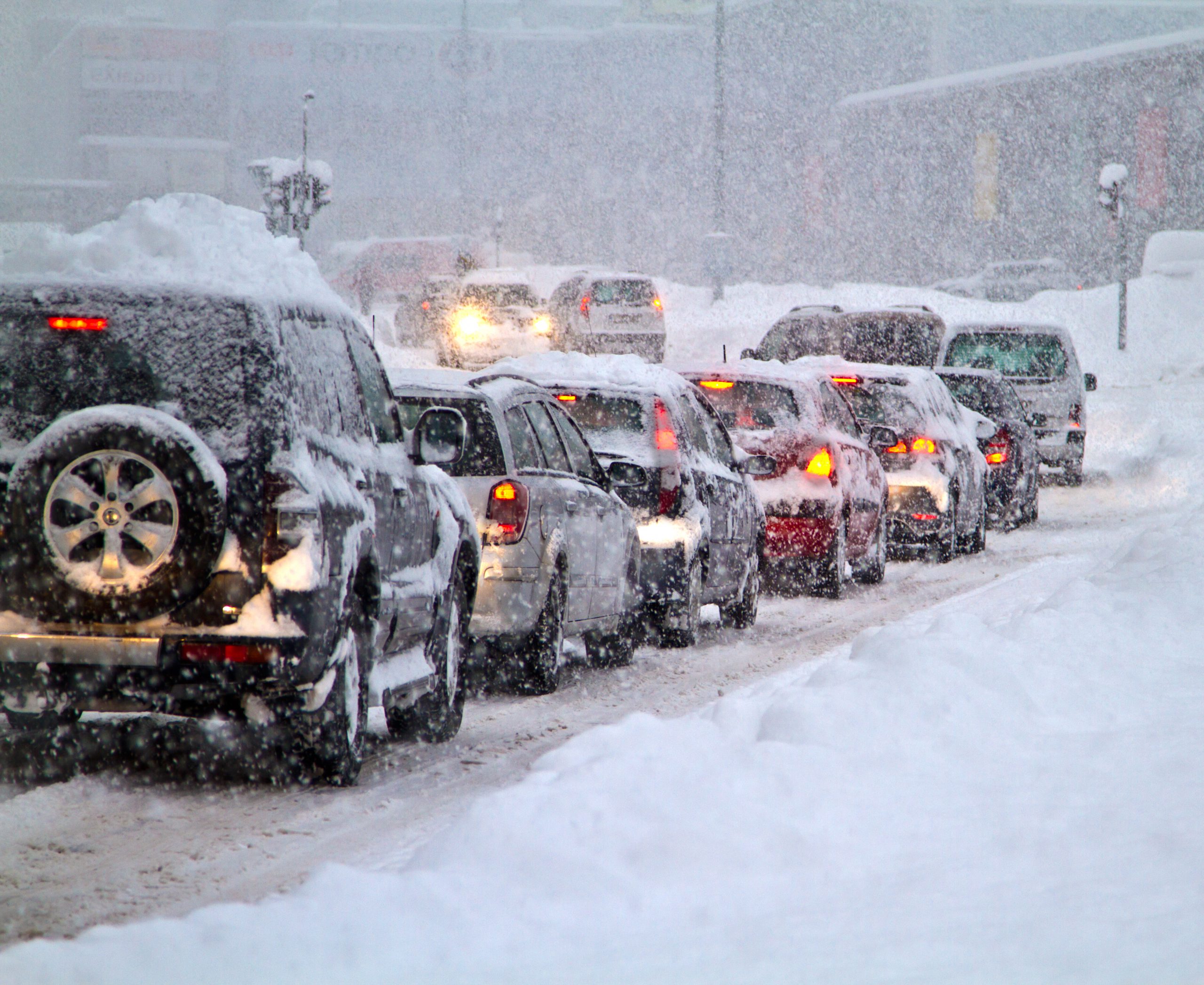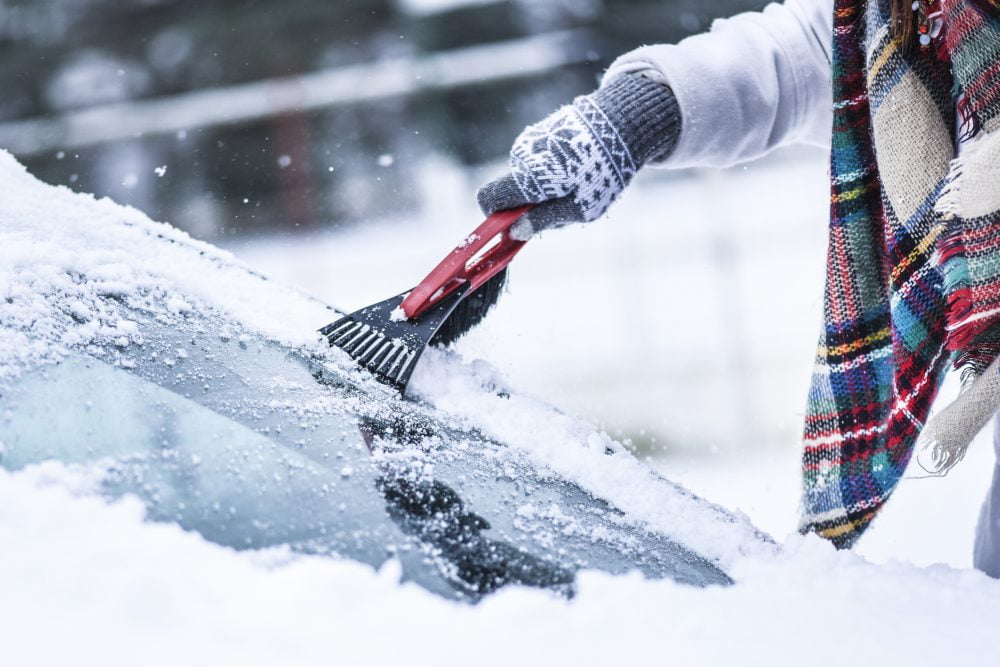
Did you know that 39% of weather-related car accidents occur during snowy and icy road conditions? The Federal Highway Administration (FHWA) estimates that each year more than 1,300 people die and more than 116,800 people suffer injuries on snowy, slushy, or icy pavement throughout the United States.
Winter driving is dangerous, but we can’t just push pause on our responsibilities every time temperatures fall below freezing. While we can’t control the dangers of snowy or icy roads, we can learn how to do our part in keeping the winter roads safe.
The Ken Nunn Law Office has put together your Indiana winter driving tips so you can stay safe and stay aware on the road this winter.

Share This Image on Your Site
Copy and paste the code below to add to your website.
Before You Go
 Some of the best winter driving tips do not actually involve what you do behind the wheel but rather how you prepare before you leave your home. Here are some safety steps to take before you hit the winter road:
Some of the best winter driving tips do not actually involve what you do behind the wheel but rather how you prepare before you leave your home. Here are some safety steps to take before you hit the winter road:
- Wake up early. The worse the weather is outside, the earlier you should wake up and the more time you should give yourself on the road. Rushing during winter weather can lead to dangerous accidents.
- Check local news reports. Before you start your commute, check to see if local news is reporting any icy roadways, closed intersections, or any other specific road hazards. This will let you plan ahead and avoid getting stuck in a jam.
- Clean the snow, ice, or frost from your car.Leaving snow, ice, and/or frost on your car reduces your visibility when you are driving. Uncleared snow can also impact visibility for other vehicles when it blows off your vehicle. Avoiding accidents requires complete visibility through your windows when driving.
- Let your car warm up. Protect your car’s engine health by letting it warm up for a few minutes before you leave. Older vehicles with carburetors need 10 to 15 minutes to heat up, but new vehicles will not need to idle as long. You want your car to run for a few minutes so your oil heats up and your engine runs smoothly. This can also help you avoid sluggish performance or engine failure while driving during winter weather.
In Your Car
There are a few things you should always have in your vehicle in the event you end up caught in a snowstorm or have to improvise on snowy or icy roads. They include:
- Warm gear. If something goes awry with your car and you have to wait for help, you need to stay warm. Remember: if you run out of gas, you run out of heat. Keep a blanket, extra gloves, a hat, and anything else you may need to keep you warm.
- Snow brush and ice scraper. You need to keep your windows clear when you leave work, the store, or wherever you are driving. If you get caught in a storm, you might need to clean your windows to drive without any obstruction.
- Kitty litter. This may sound strange, but trust us. If you get stuck on the ice or in the snow, place some kitty litter behind your tires. The litter provides traction that will stop your wheels from spinning in place.
Under the Hood
You should take every precaution to keep your car properly maintained, especially during winter. Breaking down in winter weather is not only dangerous, but it can be deadly. Stay safe driving during winter by:
- Checking your battery to make sure it’s fully charged.
- Never letting your gas tank fall below half-full.
- Checking your antifreeze level.
- Checking and changing your oil regularly.
On the Road
 Once you are behind the wheel, you need to focus on staying safe and focused. Here are specific steps you can take to stay safe on the winter road:
Once you are behind the wheel, you need to focus on staying safe and focused. Here are specific steps you can take to stay safe on the winter road:
- Allow extra time and distance to apply brakes before a stop sign or traffic signal to avoid sliding into an intersection.
- Give yourself space and don’t follow other vehicles too closely. This can avoid rear-end collisions if the driver in front of you makes a sudden stop or quick turn.
- Conserve gas by keeping the heat off while your engine is heating up.
- Always check your tire pressure and tread to make sure your tires are in shape to handle winter road conditions.
The Ken Nunn Law Office Is Here to Help
Even when you prepare, take special precautions, and drive safely in winter weather, you still cannot always escape others on the road who make poor choices behind the wheel. If you’ve suffered injuries in a winter weather car accident caused by a reckless driver, our team at The Ken Nunn Law Office is here to help. Contact us today for a free case review to find out what your case is worth!









